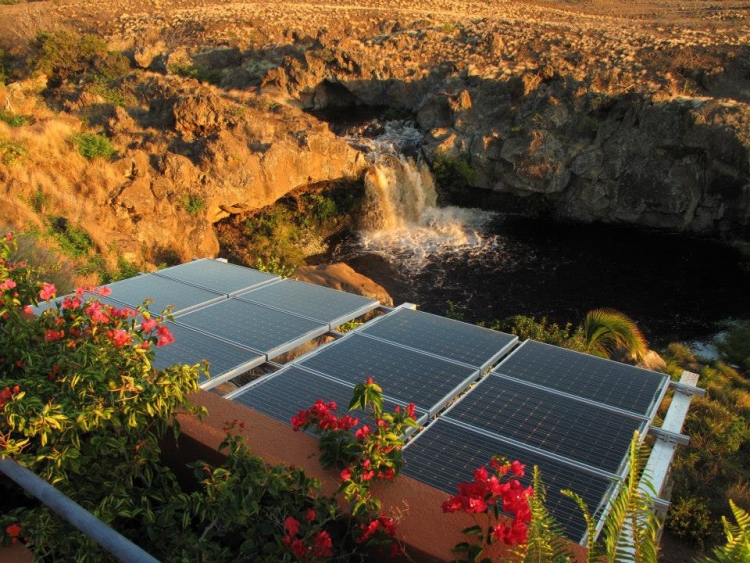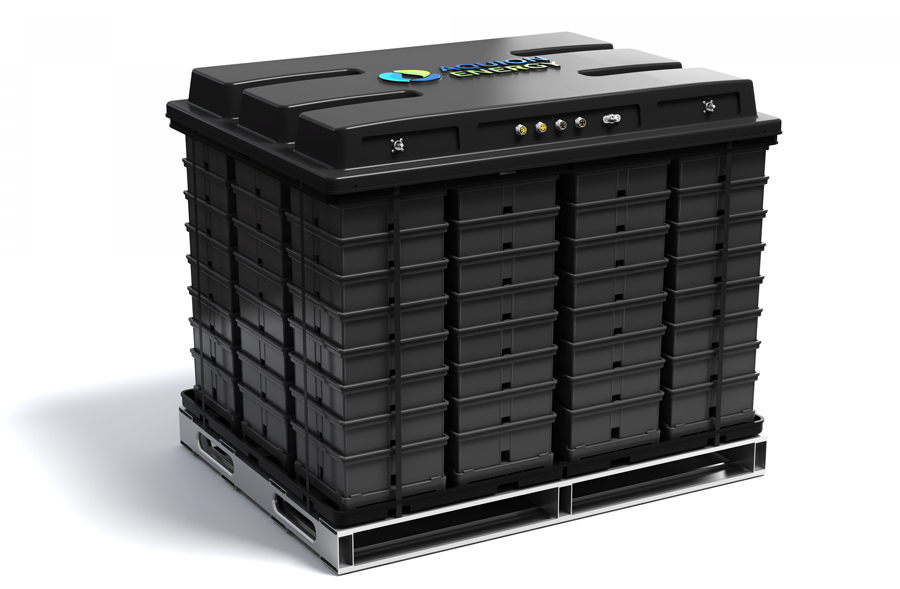
ELM FieldSight has partnered with Ideal Power on a number of microgrid and related projects, designing and supplying the control system that makes the system tick, balancing the different distributed energy sources plugged into it. Vice president of operations Jason Petermeier spoke to Andy Colthorpe.
We got introduced to Ideal Power about two-and-a-half years ago. The first project that we got involved with was in northern California where there is a customer at the very end of the grid. His utility power frequently came on and off. He was looking to supplement that with some backup, with regards to solar and batteries. He commissioned us and Ideal to design and install a system that would utilise utility power – and any solar he was able to produce we could apply to the load or put back to the utility power. The battery bank topped off from the solar. Any time the grid went away we would switch it to power from the batteries, we would monitor the batteries until they got below a certain charge level and you also had a startup generator onsite.
Enjoy 12 months of exclusive analysis
- Regular insight and analysis of the industry’s biggest developments
- In-depth interviews with the industry’s leading figures
- Annual digital subscription to the PV Tech Power journal
- Discounts on Solar Media’s portfolio of events, in-person and virtual
Until fairly recently, it was common for microgrids to perhaps use lead acid and/or diesel, but lithium- ion has obviously changed the game. We’ve done three different types of battery with Ideal: Aqueon saltwater batteries, some advanced lead acid and also lithium and from my perspective the lithium-ion has really changed the game. Because it puts a lot more power in a smaller footprint and at a cheaper price for the customers so it really makes a return on investment much more achievable because prices have come down considerably over the last three to five years as that technology has evolved.
What we have found is that lithium-ion batteries have been a lot more stable and easy to monitor so when we charge and discharge them they’re much more predictable. From a controls perspective that has been much easier for us. Some of the other battery systems that we’ve worked with, that we call ‘squishy’ batteries, we see their voltages drop and increase much more rapidly whatever discharges are applied to it. With the lithium-ions we don’t tend to see that.
The more predictable everything can be in a system, the much easier it is to control. So the control algorithms behind all of this become much more simplified.

We see a wide range of project opportunities in the market today and in the future. Our projects with Ideal Power have ranged from: a vineyard, a movie theatre and high-end residential, as well as industrial companies that just look for a battery backup and solar option to supplement their utility power.
There are a lot of different paths microgrids are taking – there’s the community aspect, where a community comes together wanting to supplement their utility power. Or there are remote communities – in Africa, Central America – that have no power, that are running off diesel generators and now looking to bring a microgrid-type system to their community. You’ve also got high-end businesses looking to reduce their costs as well as improve their energy backup capabilities, for power outages. The niche marketplace that our company and I think Ideal has found a niche in as well is the high-end residential and small industrial business.
While costs have come down significantly, they are still not quite affordable to the average person. What we’ve found, however, is that costs have come down enough for high-end residential houses (perhaps 10-15,000 square foot in size) where the owners aren’t necessarily looking for return on investment but are more interested in energy independence and creating a green footprint.
So that’s been our primary focus in the last 12 months, targeting that industry – with the goal that as the technology matures and costs come down, we can apply what we’ve learned from high-end projects. In the next 12-36 months it will only continue to get more affordable and we’ll have learned so much by that time that it will be a lot more pre-packaged systems that actually could be deployed for more average homes at that time.
We see the growth of standardisation and ‘pre-packaged systems’ as an important driver for cost reduction. Over the last two years, everything that’s been done has been kind of an engineering project. Everybody kind of hand-picked their components, had to design their architecture from scratch and then installed it. Then it takes two to three months to get everything working and talking together.
We’ve learned enough in the last few years that people have started to pre-package complete systems
with inverters, batteries, switchgear and then you tie that in with the generator and you drop-ship pretty much a complete system to a site where you’re then just making external connections rather than wiring the entire system onsite. We see that industry growing and going in that direction and as that enables other cost reductions, installation costs will come down while installation and commissioning times will also come down.
This article originally appeared in ‘Storage & Smart Power’, presented by Energy-Storage.News as a section of PV Tech Power Vol.14, our publisher Solar Media’s technical journal for the downstream global solar PV industry. You can download the entire journal, including a special focus on floating solar, here, while individual Storage & Smart Power papers and articles from the journal will be archived on the Resources page of this website, here. This article was a companion piece to ‘Flexible multiport power conversion systems deliver resilient hybrid microgrids’ by John Merritt of Ideal Power.

